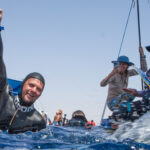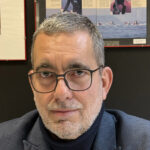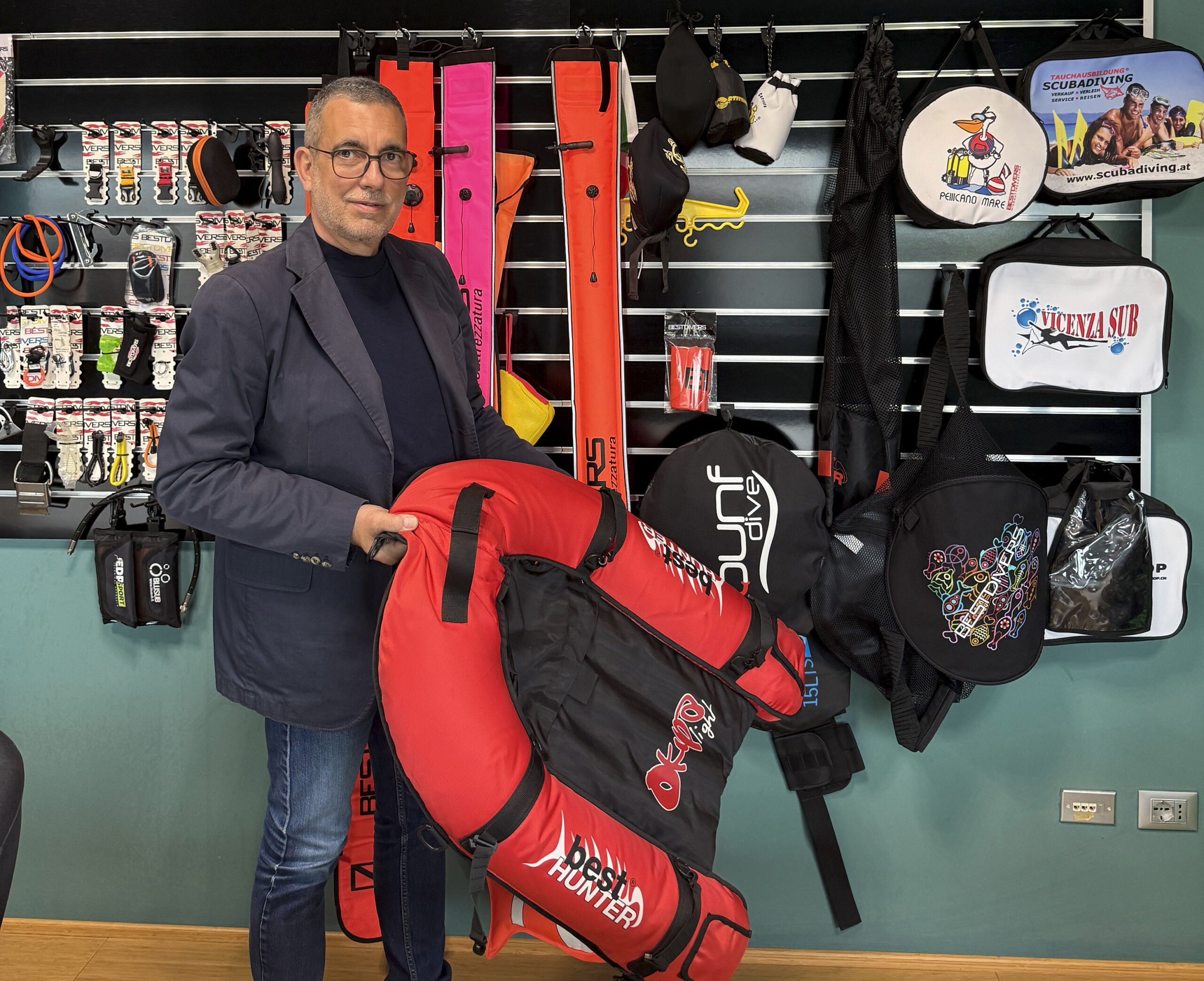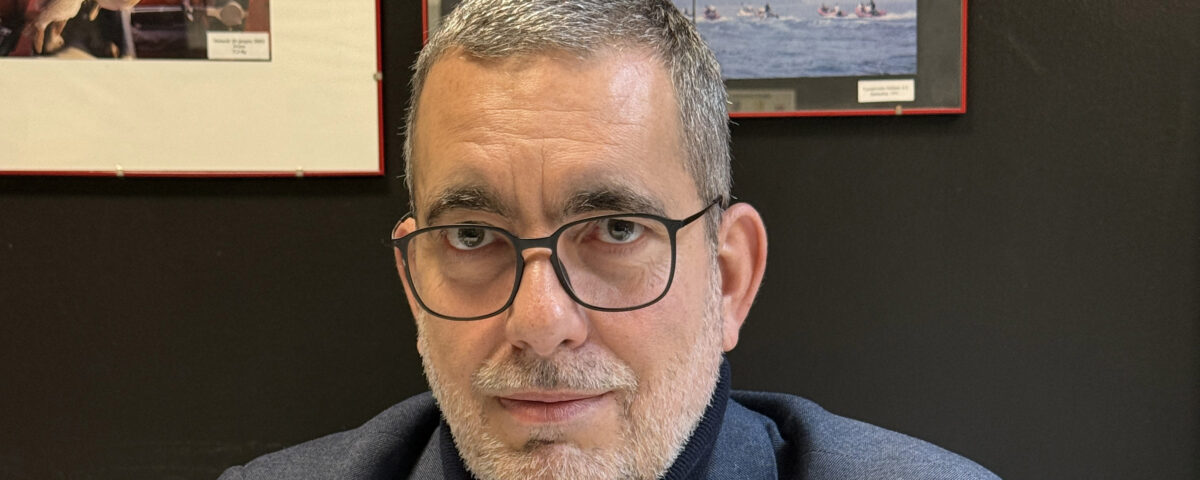Romano Pigozzi Appointed New President of Assosub

Donny Mac and His The Freedive Café
24 April 2025
Romano Pigozzi Appointed New President of Assosub
9 May 2025A change at the helm of the association of Diving Equipment Manufacturers and Operators. A challenging task lies ahead: bringing the sector closer to the Eudi Show again, starting with the next edition. But there's more than just…
Anselmo Bozzoni
Romano Pigozzi, President of Best Divers—an industry leader in diving accessories since 1993, instructor since 1990, and Italian inland waters champion in 1991—is the new president of Assosub. We met with him to hear what’s in the pipeline.
You’ve just become president and already face a major challenge: bringing spearfishers and freedivers back to the Eudi Show. How are you approaching the next edition?
"Re-engaging spearfishers and freedivers with the show is a key challenge, but we’re already hard at work. We’re planning dedicated initiatives—such as workshops, live demonstrations, and expert meetups—to show how the Eudi Show is a vital hub for all enthusiasts. We want to create a welcoming space where spearfishers and freedivers can share experiences, exchange ideas, and feel part of a bigger family. We’re also ramping up social media efforts and collaborating with industry associations to boost participation. In short, we’ve launched the ‘Apnea Project,’ which will focus on enhancing the now-famous Apnea Village, the area dedicated to freediving. We’re working to involve both Italian and international companies to give enthusiasts the widest possible view of the market."
In these 30 years of the show, how has the world of spearfishing changed—both among practitioners and companies?
"I think a lot has changed. Companies have innovated in both technology and materials, making gear more effective and more accessible. Practitioners are now more aware and environmentally conscious, and there's been a growing culture of respect for the environment. The show itself has evolved, becoming not just a commercial gathering, but also a place for training and value-sharing. It’s been a continuous path of growth, leading to a more professional and aware sector."
Let’s imagine it’s 2035: what do you think the spearfisher of the future will look like?
"I believe we’ll see a continuation of a trend that’s already growing: environmental awareness. The new generations of spearfishers are more sensitive to marine conservation. Everyone practicing this amazing activity now understands that ‘plundering’ the sea is not only harmful but completely pointless. And of course, gear will evolve too. In 2035, the spearfisher will likely be far more tech-savvy, using smart, connected equipment—possibly even featuring AI—to boost performance and safety."
How important is social media communication for a show’s success?
"It’s essential. It allows us to reach a wider audience, build engagement, and keep interest alive between editions. It’s a powerful tool for storytelling, sharing news, and directly involving enthusiasts in real time."
There’s a lot of talk about the public image of spearfishers, especially around competitions. What three things would you do to improve that image?
"Competitions are a very sensitive topic. Some see them as outdated and think they should be abolished, while others see them as the peak expression of our sport. As a former competitor, I believe they represent a unique blend of environmental knowledge, strategy, and physical-mental preparation. Being able to fish for four or five hours in any weather condition takes the training of a true athlete. From a commercial perspective, I’ve seen that in places where competitions were abolished—like Lake Garda—the market for specialized gear collapsed. That said, I believe it’s important to improve the image of spearfishers and competitions going forward. First, I would launch awareness campaigns to highlight the more positive and sustainable sides of spearfishing. Second, I’d promote competitions as respectful events, emphasizing athletes’ skills and values. And finally, I’d invest in education and communication to spread a culture of respect and passion, presenting the spearfisher as a model of integrity and dedication. It’s a challenging task that will require everyone’s commitment—associations, companies, training organizations, and, most importantly, every individual practitioner."



